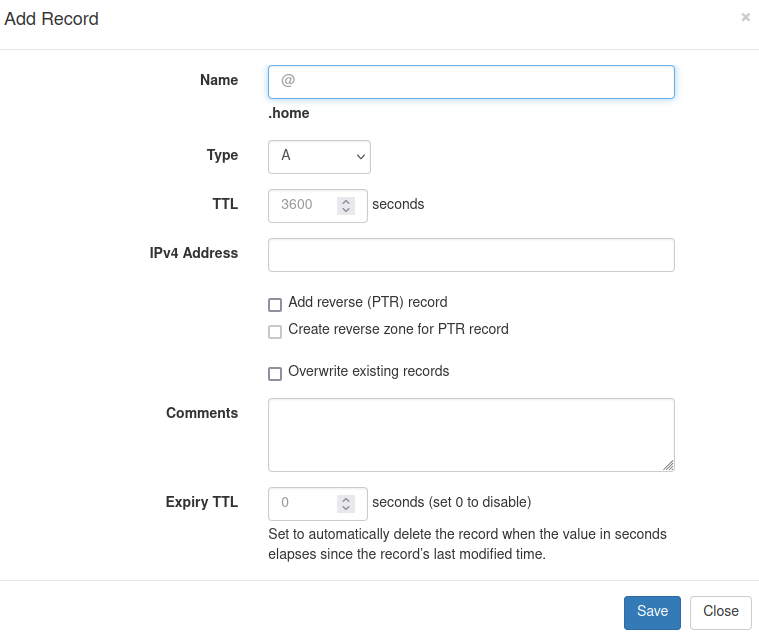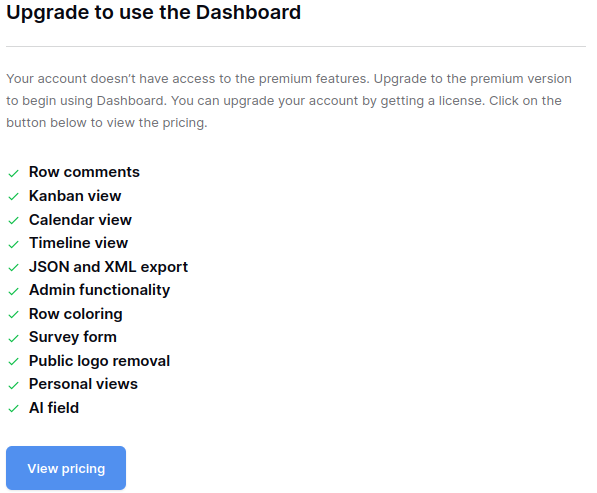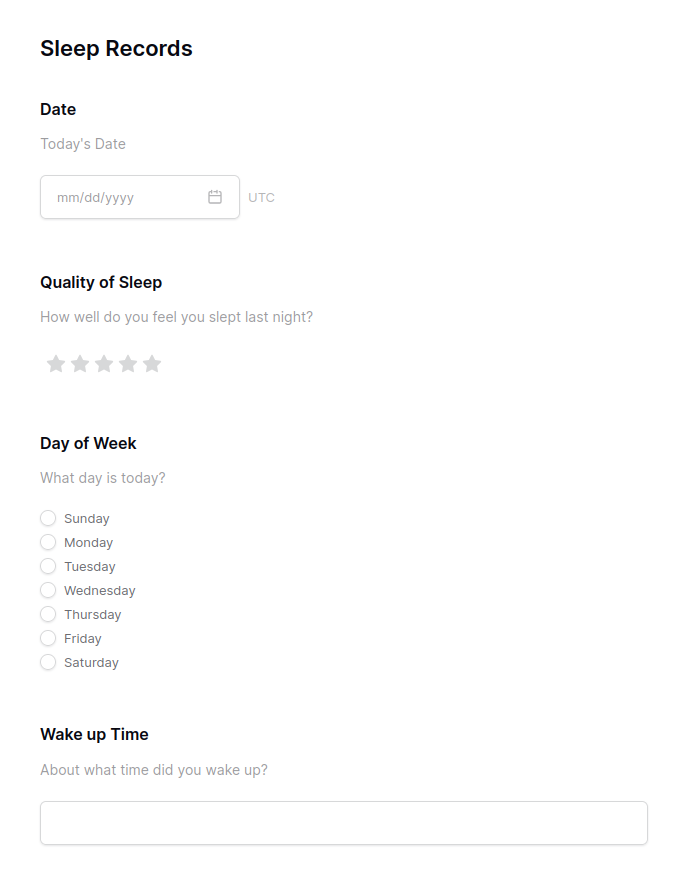

To add to this, I have tried Obsidian notes which is super highly recommended by many. I also have tried self hosting Bookstack for logging my notes etc… But every time I tried it, nothing ever matched what I could do with Joplin which was exactly as what other said, rock solid and I have yet to run into any device which can’t handle the client. I will say that the launch time on the one on my machine (Arch Linux) is a bit slow, but after it’s launched, it’s very easy to bring up and use as needed. :)



I prefer the WYSIWYG get with Joplin and mostly because I’m stuck in my ways!! LOL
Nothing really wrong with it though, it’s just not for me. :)